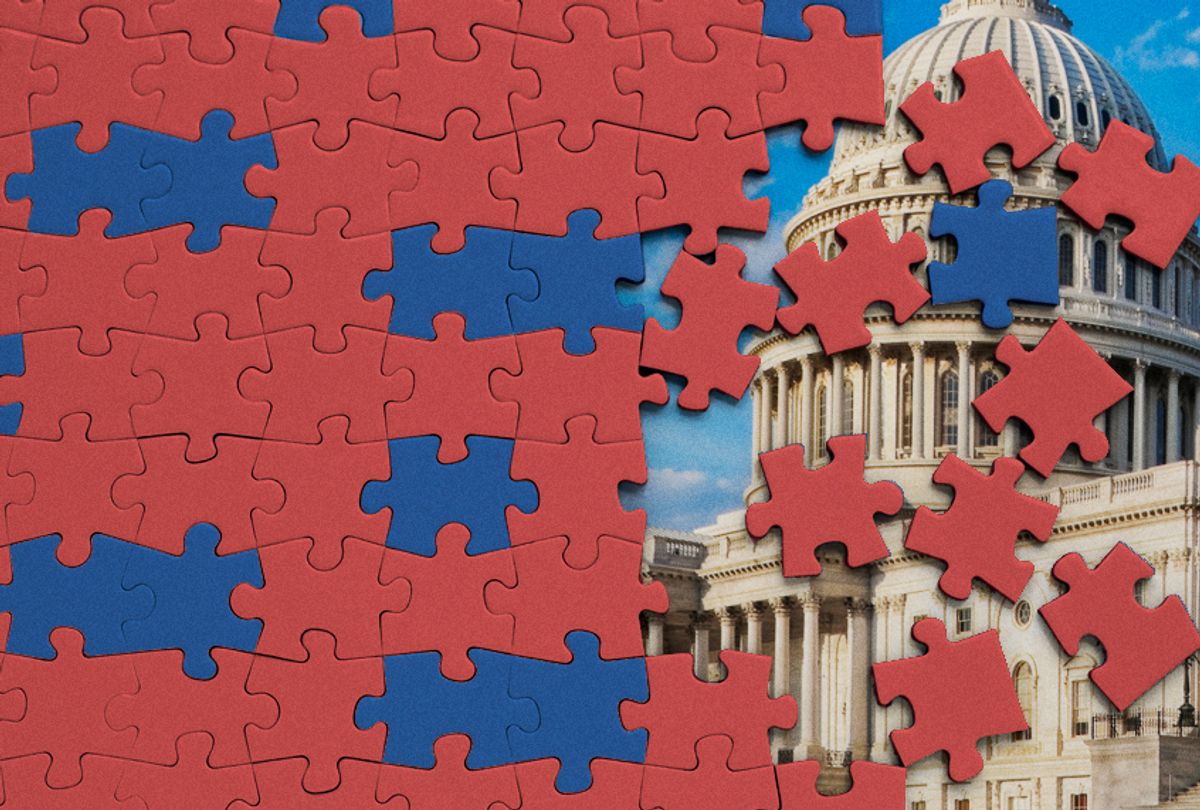Donald Trump and Republicans in Congress love to demonize government handouts, which, in fact, their own supporters depend on and are increasingly financed by taxpayers in blue states.
The federal program Temporary Assistance for Needy Families – what we used to call “welfare” – provides cash assistance to fewer than 1 percent of Americans.
But the Trump administration is proposing to lump many social programs under a new agency with the word “welfare” in its title.
A recent White House report on imposing work requirements, for example, put Medicaid, food assistance, and housing aid into a rebranded program called “noncash welfare.”
Defined this broadly, a large chunk of America relies on welfare. Add in disability benefits, unemployment insurance, and medical benefits, such so-called “welfare” amounts to 17 percent of the average American’s income.
Welfare has become especially unpopular in “red” states that vote Republican and support Trump.
But these same states are often the biggest beneficiaries of government assistance.
Include price supports for agriculture, subsidies for land management and forestry, and defense contractors, and you find that a large portion of the economies of red states depend on federal dollars.
Here’s the irony. Residents of “blue” states send more tax money to Washington than they get back in federal help, while residents of “red” states send less money to Washington than they get back in federal help.
In 2015, for example, New Jersey got back only 74 cents in federal spending for every tax dollar it sent to Washington. New York got back 81 cents, Connecticut: 82 cents, and Massachusetts: 83 cents.
But when you turn to the red states, it’s the opposite. Mississippi received $2.13 for every tax dollar it sent to Washington. West Virginia: $2.07. Kentucky: $1.90. And South Carolina: $1.71.
Taking the Trump administration’s expansive view of the meaning of welfare to its logical conclusion to include all those benefiting from federal spending, blue states are sending welfare to red states – the same red states that say they don’t like welfare.
Under Trump’s new tax law, blue states will be giving even more welfare handouts to red states. That’s because the law set new limits to the amount of state and local taxes people can deduct from their federal taxable incomes. And since people in blue states pay much more state and local taxes than people in red states, blue-staters will be paying that much more in federal taxes.
Which means an even bigger transfer from blue state residents to all those red state Republican voters, whose party despises handouts.
Now, I should add that some of us here in blue states don’t mind giving red states a bigger helping hand. The vast majority of Americans also oppose cuts to programs that aid the poor, elderly and sick. Because most Americans figure we’re all in this together, and those of us who can do so ought to help out those in need.
We don’t regard it as welfare handouts. We call it social insurance. Indeed, social insurance is needed and used by almost all of us, when you include Social Security, Medicare, and unemployment insurance. And even programs relied upon mostly by the poor end up helping a large portion of us because roughly one-third of all Americans are poor at some point in their lives.
So remember, attacks on so-called welfare are just another means of attacking the things most of us need, and dividing the country into us and them.
In reality, voters in red states are as dependent on the federal government as voters in blue states, and, truth be told, even more dependent.



Shares